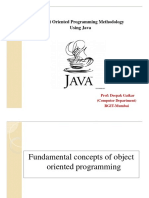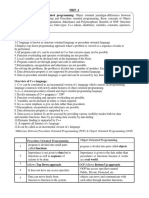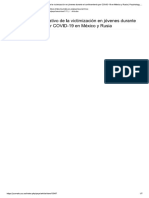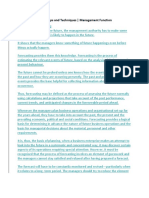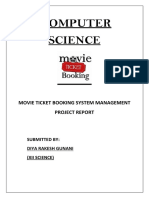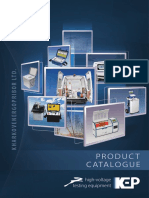0% found this document useful (0 votes)
21 views11 pagesC++ Unit - 1
The document discusses Procedure-Oriented Programming (POP) and Object-Oriented Programming (OOP), highlighting their features, advantages, and disadvantages. POP focuses on procedures and functions, while OOP emphasizes objects that encapsulate data and behavior, promoting code reusability and easier maintenance. Key concepts of OOP include classes, objects, inheritance, polymorphism, abstraction, encapsulation, dynamic binding, and message passing.
Uploaded by
jaynthir01Copyright
© © All Rights Reserved
We take content rights seriously. If you suspect this is your content, claim it here.
Available Formats
Download as DOCX, PDF, TXT or read online on Scribd
0% found this document useful (0 votes)
21 views11 pagesC++ Unit - 1
The document discusses Procedure-Oriented Programming (POP) and Object-Oriented Programming (OOP), highlighting their features, advantages, and disadvantages. POP focuses on procedures and functions, while OOP emphasizes objects that encapsulate data and behavior, promoting code reusability and easier maintenance. Key concepts of OOP include classes, objects, inheritance, polymorphism, abstraction, encapsulation, dynamic binding, and message passing.
Uploaded by
jaynthir01Copyright
© © All Rights Reserved
We take content rights seriously. If you suspect this is your content, claim it here.
Available Formats
Download as DOCX, PDF, TXT or read online on Scribd
/ 11




























